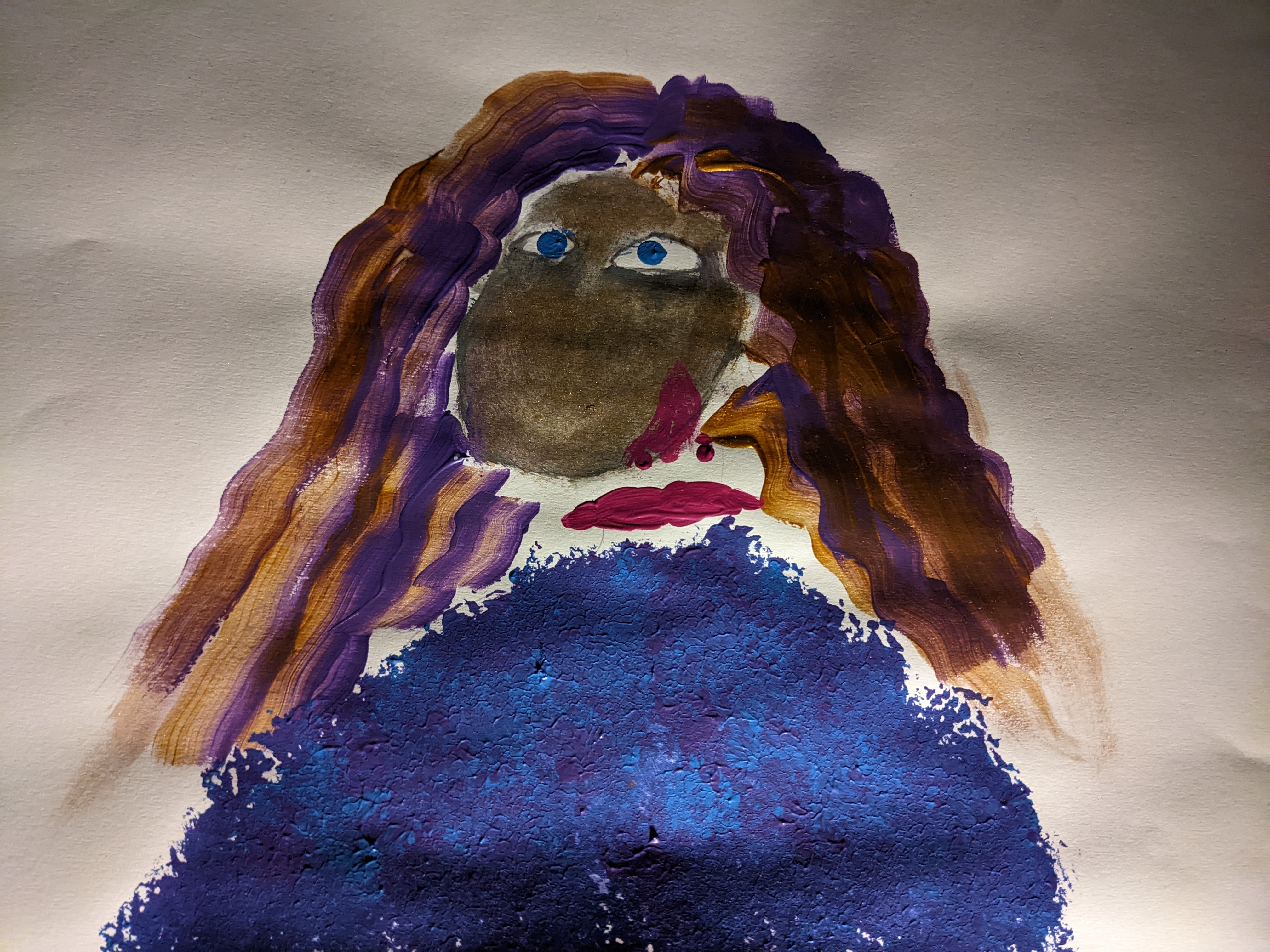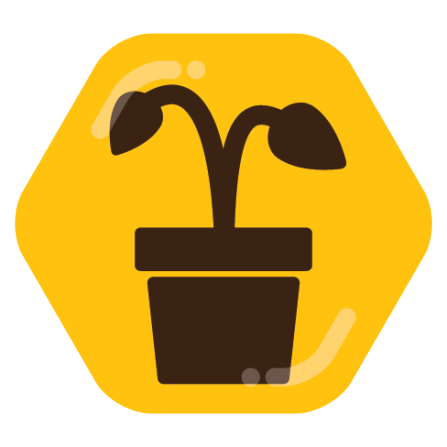Fascinating read, thanks!
- 1 Post
- 379 Comments
How does an ‘equal division in spermatogenesis’ result in sperms competing with each other? “The division happens asynchronically; if the tube is cut transversally one could observe different maturation states. A group of cells with different maturation states that are being generated at the same time is called a spermatogenic wave” (from Wikipedia). This doesn’t sound like any chaotic or even violent competition to me? And there is a asynchronous division in spermatogenesis.
In contrast: “primary oocytes reach their maximum development at ~20 weeks of gestational age, when approximately seven million primary oocytes have been created; however, at birth, this number has already been reduced to approximately 1-2 million per ovary. At puberty, the number of oocytes decreases even more to reach about 60,000 to 80,000 per ovary, and only about 500 mature oocytes will be produced during a woman’s life, the others will undergo atresia (degeneration).” (Also from Wikipedia)
So you could actually reverse this meme! Spermatocytes have a way to cooperate who goes first because only some are already fertile. On the other hand, oocytes really have to fight for their chance to ever get a go or else be degenerated.
So why is this meme not reversed? Because people tend to project their own norms and expectations onto everything! And this leads to a lot of wrong assumptions. People arguing about sex and gender often use these concepts of biology and what is ‘natural’. But these are all only really projections of their expectations. Animals are not abiding to our gender norms. There aren’t only male or female animals. Even archaeology has been heavily tainted by sexist assumptions on who has to be a man or woman.
This meme, just like bad science, is reproducing sexist assumptions. And now people who see this meme will think that there lies some truth within it, because the joke wouldn’t work otherwise. So they’ll assume that sperms really do compete for their opportunity while oocytes negotiate. But this isn’t a fair or correct simplification of what’s actually happening.
Isn’t this picture of ‘male’ sperms violently competing with each other while ‘female’ oocytes peacefully cooperating anything but a projection of gender expectations?
This is a dumb meme that is only based on sexist assumptions of gender roles. And it sure isn’t a science meme.
No. While corn truly is in the Poaceae, bananas are in the Musaceae. They are not even in the Poales! They are in fact more closely related to ginger and bird of paradise plants (all in the Zingiberales).
I mean, the joke is funny. But yeah, I feel the same way about the tone of the joke. Don’t know why anyone would put that in their tinder bio and why anyone else should then engage with them…
Is there something special about this? You could look at any point in evolution and say, how did evolution produce this diversity afterwards.
Well, the only “evidence” in the video is the commentator repeatedly saying that these centipedes are creepy and horrible. But they also mention how important their role in the ecosystem is. So, I think it is a pretty cool animal! But I don’t get why people would be creeped out by centipedes in the first place.
That’s so mean :'(

 1·7 days ago
1·7 days agoFrom what I have read about this whole issue, it is certainly much more complex. Yes, antibiotics overuse in factory farming is certainly dangerous in that it can create antibiotic resistant strains of bacteria that we at some point cannot control. There are also huge problems with viruses in factory farming. Generally it isn’t a good idea to have so many animals close together, it gives much more opportunities for diseases to spread. Especially because the animals that are used have an incredibly low gene pool and are maximally stressed I’d assume.
But another opportunity for diseases to jump from animals to humans is wild animals. By destroying more and more natural habitats, people also get in closer contact with wild animals. Like covid 19 most likely spread from wild animals to humans. So, habitat and biodiversity loss are also important risk factors increasing the potential for diseases to cross over to humans.
In my opinion, we should stop keeping animals altogether, as well as plant monocultures and should try to conserve as much habitats as possible.
I haven’t seen this meme before but the person in the upper right and middle left look the same. And the rest of the panels look like one other person. Matches with the shoulder strap another person commented on. Probably someone took two different commercials of the same product and stitched them together.
Peanuts too ;)
Haha thanks for the explanation :) Actually figuring out that Jon cannot hear Garfields thoughts and that Garfield is always a step ahead of him made it much easier to understand
Exactly, pretty fun!

 4·10 days ago
4·10 days agoYeah, especially since even self-driving cars prove to be a much bigger headache to accomplish than anticipated. If we cannot even figure those out in so many years, it will take even longer to add a whole other dimension to all the variability.
I don’t get it. What is the progression in this supposed to be?
Well, fuck the idea of moral sin as well! I don’t care about it either.

Mein Beileid :(